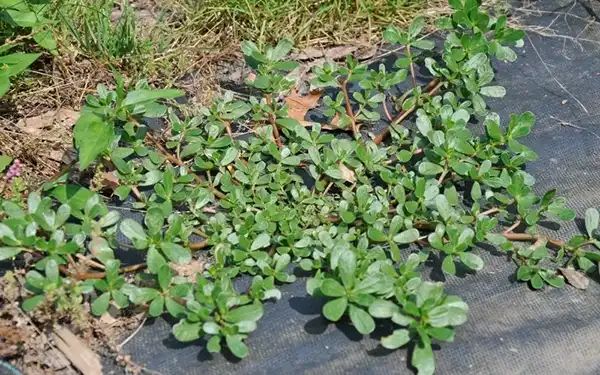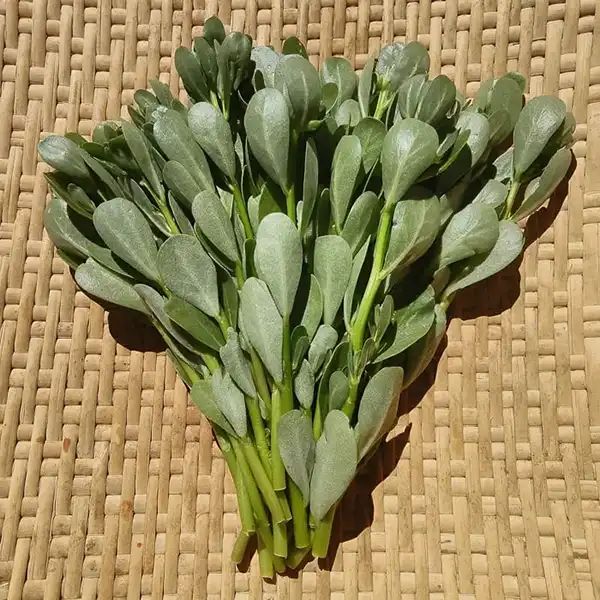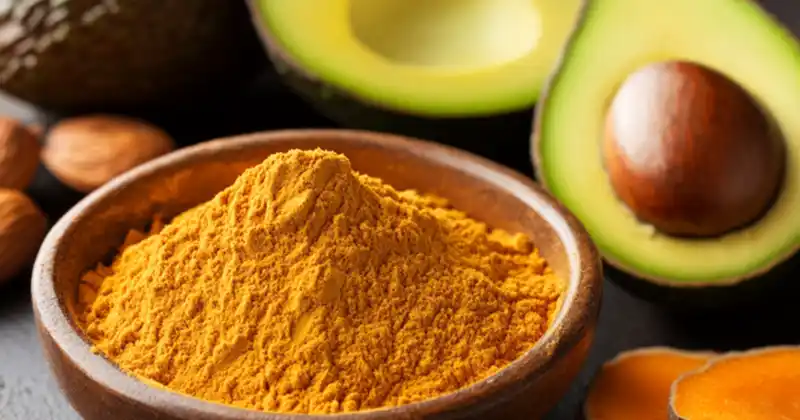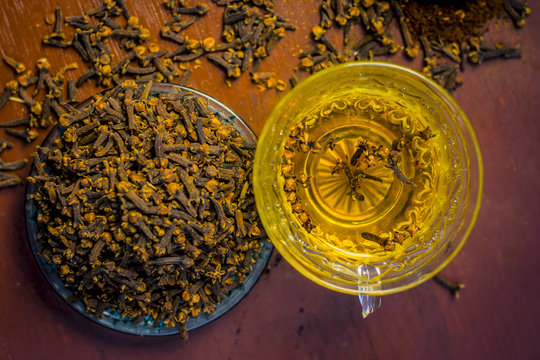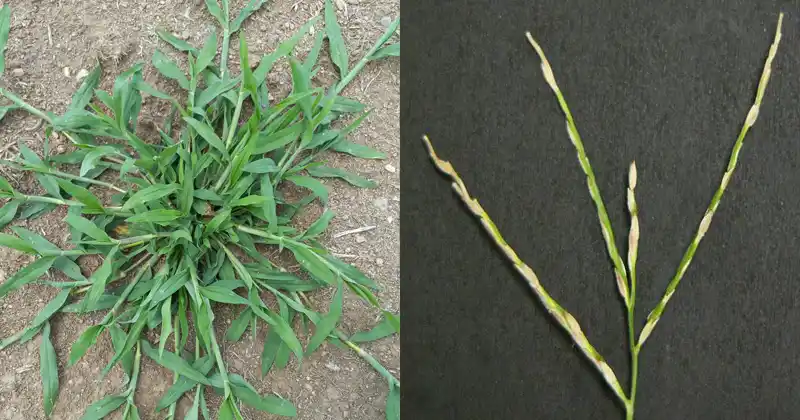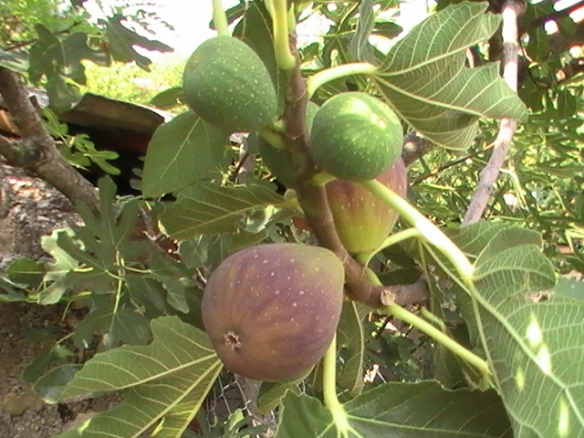Purslane (Verdolaga) has gone from being a pesky weed in gardens to a valuable treasure! This amazing plant is making a comeback in farmer’s markets and top-notch restaurants, offering not only health benefits but also culinary satisfaction.
Referred to as hogweed and pigweed, Purslane is a weed that you should warmly welcome. Known as a superfood, it has earned the admiration of figures like Mahatma Gandhi and is currently undergoing a revival.
This robust plant grows through cracks in pavement, infiltrates gardens, and has been labeled a “miracle plant” by Dr. Artemis Simopoulos, the president of the Centre for Genetics, Nutrition, and Health. Dr. Simopoulos discovered that Purslane has the highest levels of Omega-3 fatty acids among all green plants during her time at the National Institutes of Health.
Its succulent teardrop-shaped leaves are packed with antioxidants, vitamins, and minerals, making it a nutritional powerhouse. But that’s not all – these leaves also offer a refreshing and tangy lemony taste with a hint of peppery zing. Sergio Vitale, the chef-owner of Aldo’s Ristorante Italiano in Chicago, who grew up enjoying Purslane in southern Italy, describes it this way.
Although early Americans, including Martha Washington, used to enjoy Purslane both fresh and pickled, its use declined in the early 1900s. Fortunately, in recent times, farmers, foragers, and innovative chefs have reignited their interest in this beneficial weed.
When preparing wild Purslane, it’s important to thoroughly wash the plant to remove any pesticide residues. With its tart and mildly salty flavor, Purslane is an excellent addition to salads and various dishes.
Moreover, here’s a simple recipe to try: Purslane and Basil Pesto.
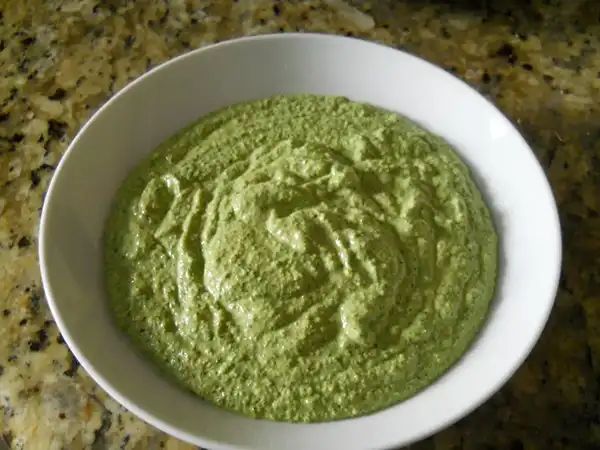
Ingredients:
- 2 cups young Purslane leaves and stems, rinsed and roughly chopped
- 45g basil leaves, rinsed
- 1 clove of garlic
- 45g toasted almonds
- Juice from half a lemon
- 50ml olive oil
- Salt and pepper to taste
Instructions:
- Combine Purslane, basil, garlic, almonds, and lemon juice in a food processor.
- Pulse until the mixture is well combined.
- While the processor is running, slowly drizzle in olive oil until the mixture emulsifies.
- Season with salt and pepper according to your taste.
- Enjoy this flavorful pesto on toasted sandwiches, roasted vegetables, meat, or tossed with pasta.
Now, let’s explore the nutritional benefits of Purslane.
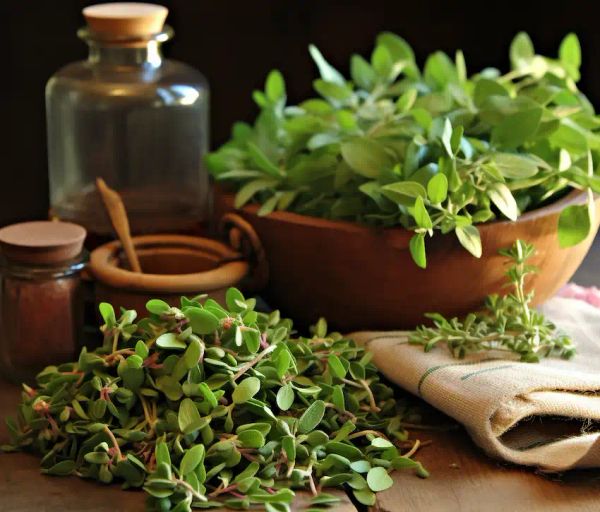
Omega-3 Fatty Acids: Purslane has an exceptional amount of these essential fatty acids, which are crucial for brain and heart health, especially for vegans.
Antioxidants: Packed with antioxidants like glutathione, Purslane helps protect cells, fight damage, and slow down the aging process.
Minerals: With notable levels of calcium, magnesium, potassium, iron, phosphorus, manganese, copper, folate, and selenium, Purslane helps bridge gaps in the Standard American Diet and promotes overall well-being.
Vitamin C: Purslane is a significant source of this immune-boosting vitamin, which contributes to a strong and resilient immune system.
Beta-carotene: Abundant in Purslane, beta-carotene acts as a precursor to vitamin A, addressing common deficiencies.
Melatonin: Unlike most plants, Purslane contains melatonin, a hormone vital for sleep regulation, making it a valuable natural source.
Cholesterol Reduction: Thanks to betalain, an antioxidant found in Purslane, it helps prevent cholesterol damage to blood vessels and positively influences LDL cholesterol levels.
Tryptophan: Purslane contains tryptophan, a crucial amino acid that aids in mood regulation and fights depression.
Embrace the wonders of Purslane and savor its medicinal and culinary rewards. From its Omega-3 richness to its melatonin content, this versatile plant has much to offer for your well-being and taste experiences alike.

